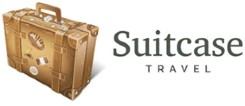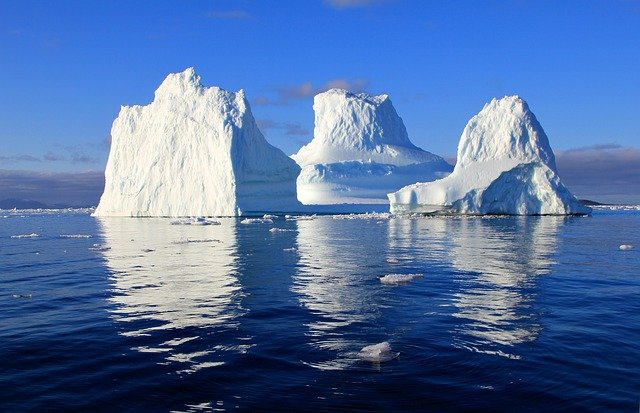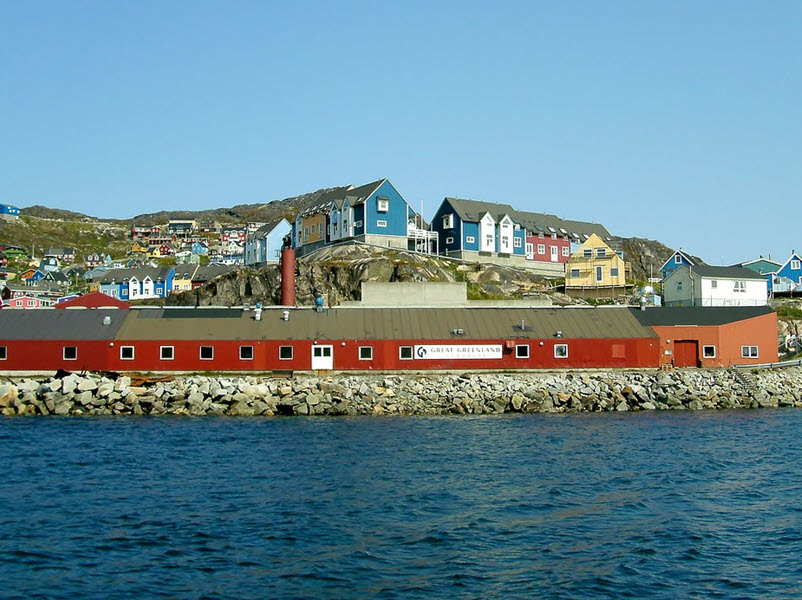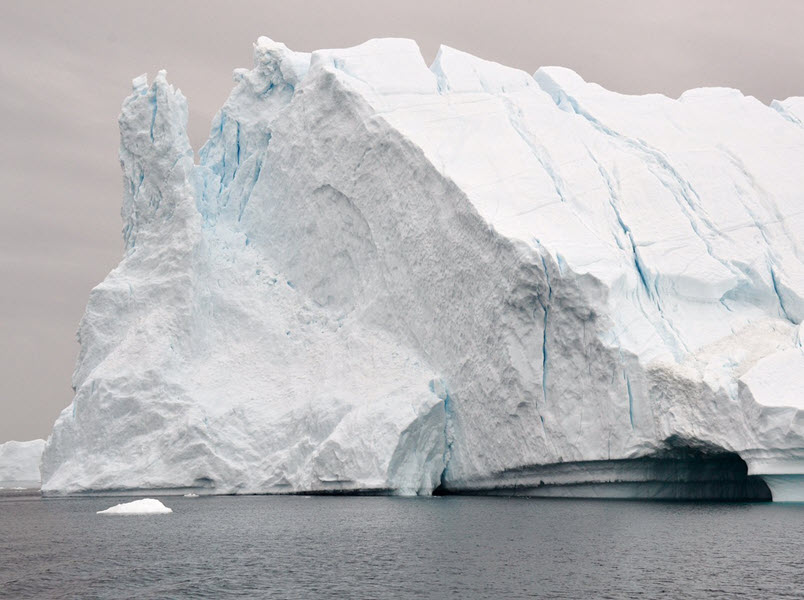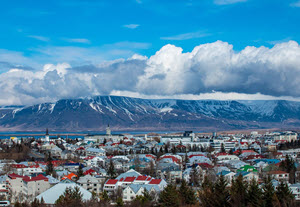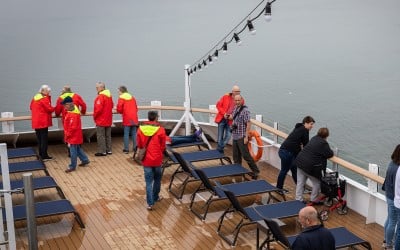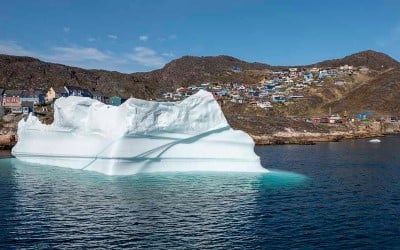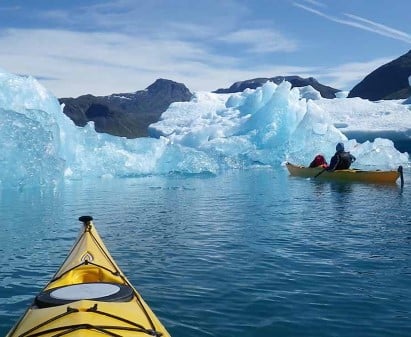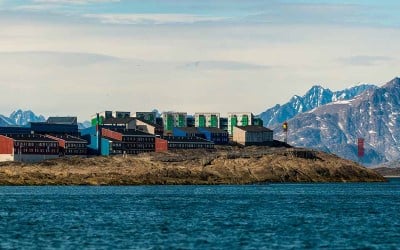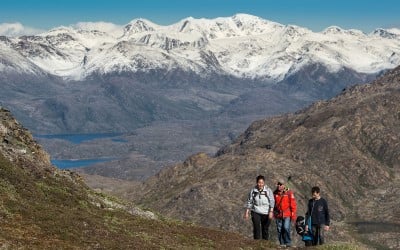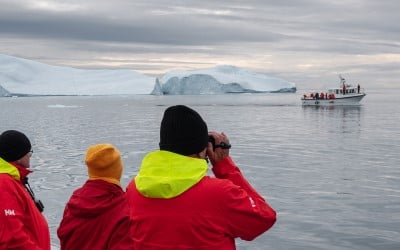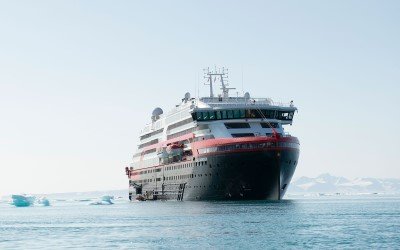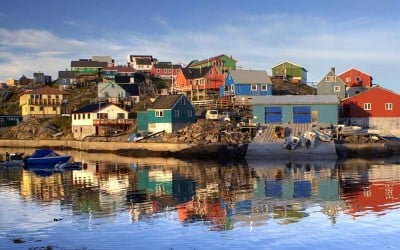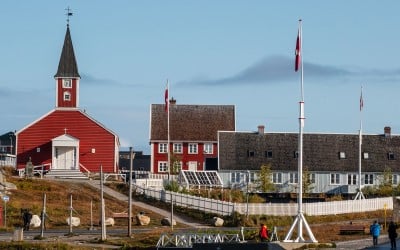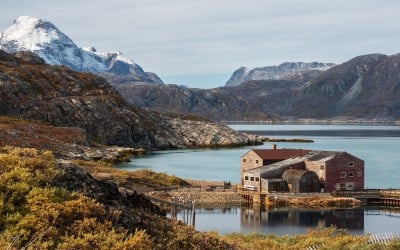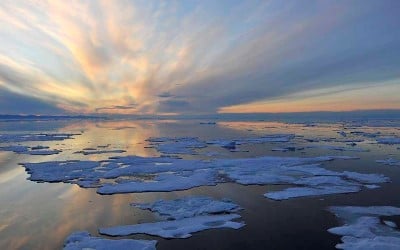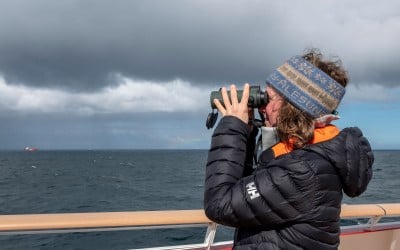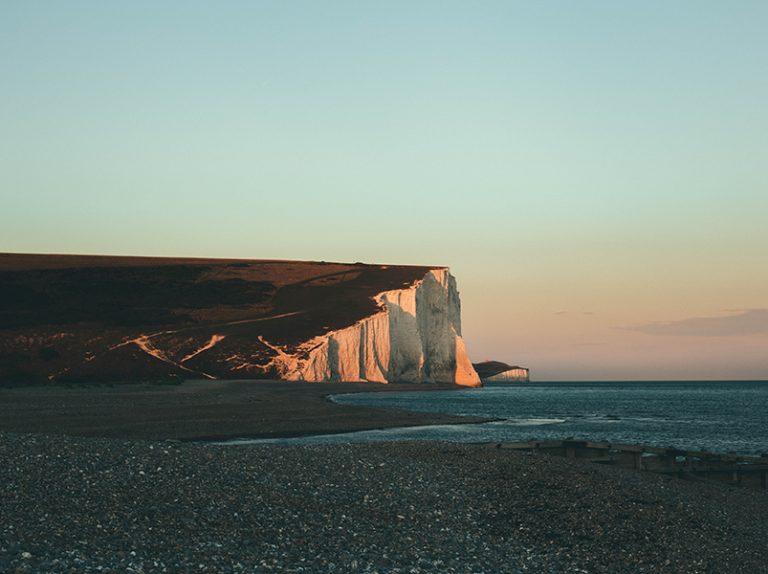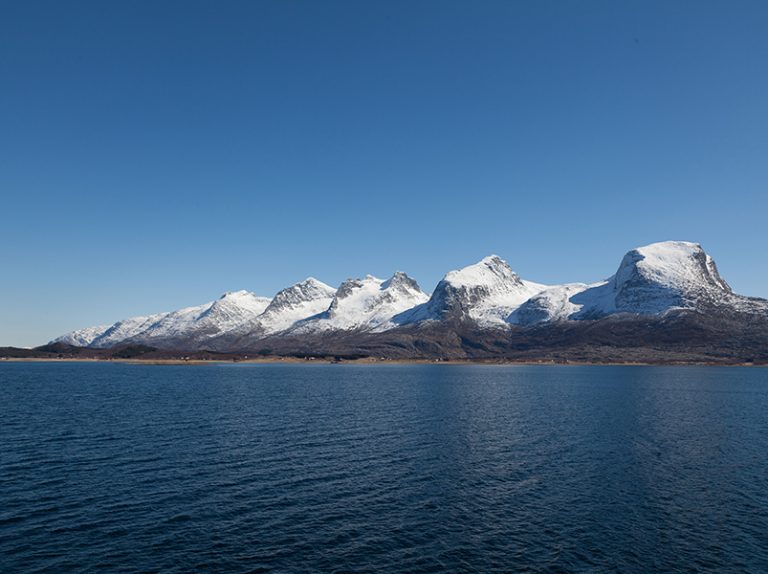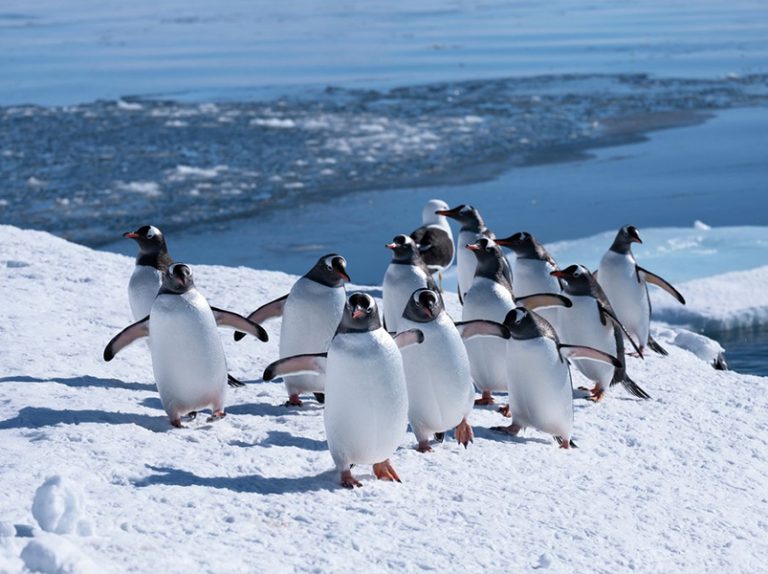Maniitsoq, a town whose name translates as “The Uneven Place”, is also half-jokingly nicknamed the “Venice of Greenland” due to its location on an archipelago crisscrossed with natural canals. However, unlike Venice, Italy, you won’t see any gondolas here, but you might spot pods of humpback whales from the shore.
Situated beside a bay, the town stands at the mouth of a fjord and attracts anglers, skiers and adventurers from afar. What’s more, there are awe-inspiring views of the surrounding mountains from any vantage point you care to look out from.
Founded in 1755, Maniitsoq has a population of around 2,500, and it was originally called Nye Sukkertoppen by the Danish colonists who built a trading post here. By the 19th century, Maniitsoq had become the main regional hub for reindeer hides, but the occupation of the area goes much further back in time.
People have lived here for over 4,000 years and they left behind artifacts, some of which can be seen in the local museum which is housed in an old Danish colonial-era building. Inside, you’ll find figurines carved from walrus ivory, traditional Greenlandic costumes and many works of art. There are other old buildings adjoining the museum, which used to comprise a blubber station, brewery, bakery and whale oil boiling house, among other things.
Nowadays, Maniitsoq is the sixth largest town in Greenland and welcomes travellers from around the world. It’s a friendly place, and locals will be more than happy to chat and welcome you to their peaceful town. There’s also a couple of restaurants here, if you fancy a local bite to eat.
